Sarcophagi of the Basilica of Sant'Apollinare in Classe
Numerous stone coffins from different centuries, lined up in a sixth century basilica.
During the sixth century, the city of Ravenna was one of the most important cities of the Byzantine Empire. Today, many of the great buildings erected during that golden age are still standing.
Just outside Ravenna, the hamlet of Classe was once the home port of the Roman fleet in the Adriatic Sea. The Basilica of Sant’Apollinare in Classe was built there, near the old seashore, which has migrated more than five miles away in the last 1,500 years. The church is now considered the greatest example of and early Christian basilica, having been built between in the 530s and 540s, and consecrated in 549. It has been suggested that the church might have been built on top of a pagan cemetery, with some of the ancient tombstones reused in the construction.
Inside, the church has a nave and two aisles, and ends in a polygonal apse adorned with Byzantine-style mosaics dating back to the sixth century. Most of the mosaics that were on the side walls have been destroyed, but many frescos and panels survive. One feature that cannot be missed are the numerous sarcophagi from different centuries that line the basilica’s walls.
The Paleochristian sarcophagi can be dated to between the fifth and eighth centuries. They differ widely in style, attesting to the changes of the period, from depicting the simple human figures on older Roman sarcophagi, to the more abstract symbologies of the later Byzantine age.

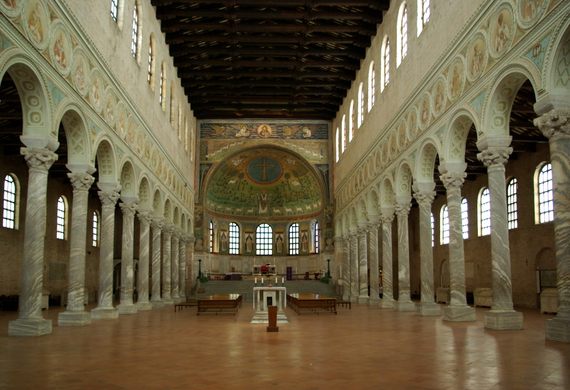



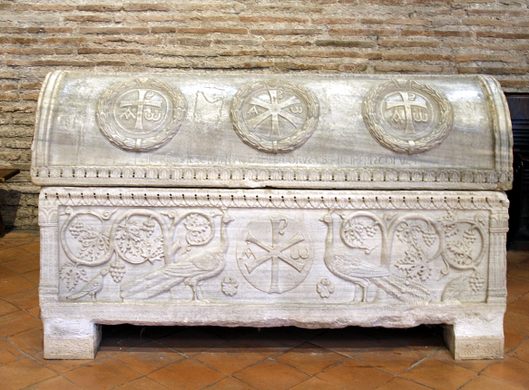
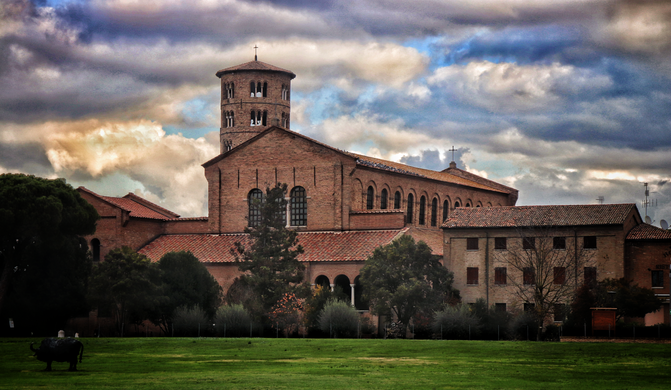
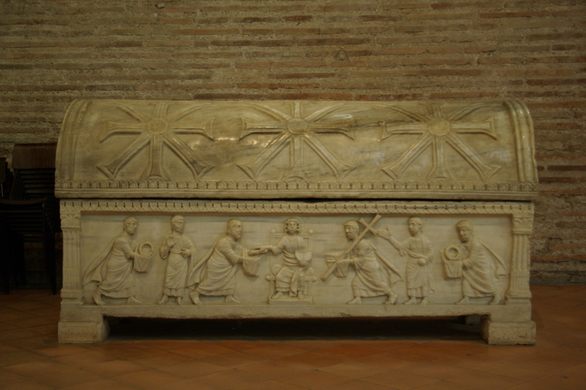



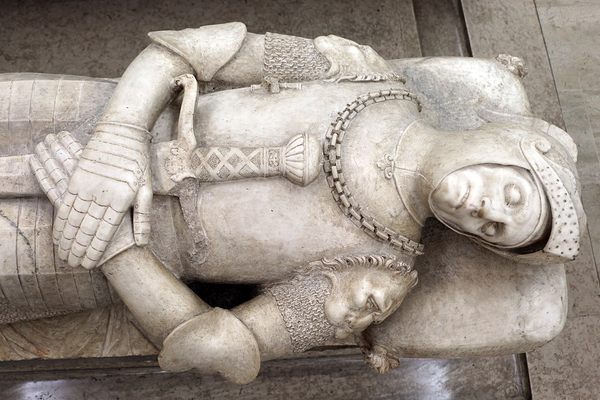








Follow us on Twitter to get the latest on the world's hidden wonders.
Like us on Facebook to get the latest on the world's hidden wonders.
Follow us on Twitter Like us on Facebook